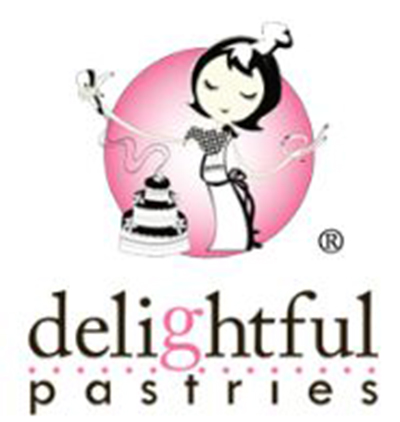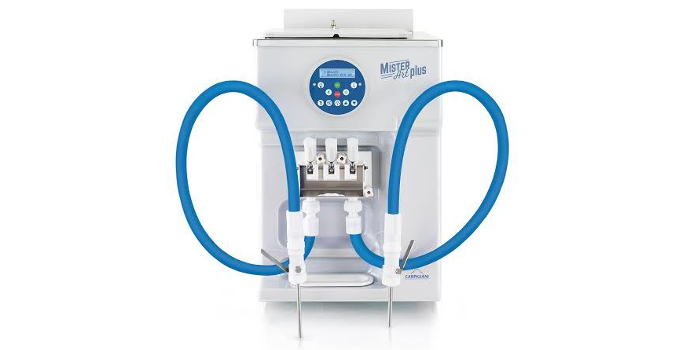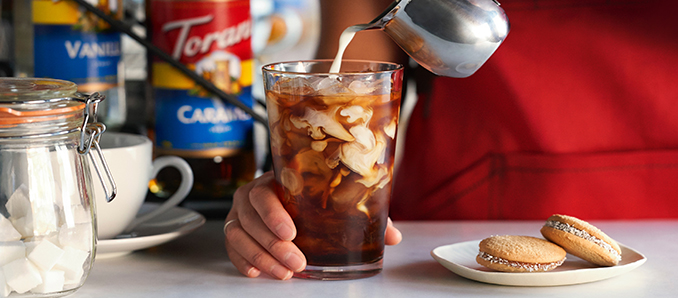A smooth and enjoyable dining experience ensures that guests will return for the good food and service.
Smart restaurant Standard Operating Procedures (SOPs) written for both the front and the back of the house will keep those people coming back for more.
How Customers Spread the Word and Leave Reviews
And they will tell their friends, bring their colleagues, celebrate important family occasions, and write glowing Yelp reviews.
And with the crowds growing, ask any chef or restaurant manager: who has the time to find an SOP thumbtacked on a wall or in a binder in the back office when orders are piling up and guests are waiting?
Restaurant owners, chefs, kitchen staff, and front-of-house waiters execute SOP daily. Quality and up-to-date SOPs keeps restaurants running safely and efficiently.
However, SOPs are useless without great communication, training, documentation, and implementation. Staff are often trained to do things a certain way. It’s assumed that everybody knows “this is how we do things here.”
Write Standard Operating Procedures to be digitized and available for staff members, wherever and whenever they need them to keep service top-notch and to avoid costly mistakes and mishaps.
Miscommunication can happen in a fast-paced restaurant. Especially, if you’ve been dealing with frustrating high turnover. Add SOP to your online employee manual. Make digitized SOP available for easy access to provide managers with compliance checklists for health and safety.
Read Also: Your Complete Guide to Good Manufacturing Practices – F & B
Keep kitchens running smoothly and efficiently with clear communication between management, staff, and vendors. Written procedures will help front-of-house staff learn the restaurant industry’s best practices.
Write Standard Operating Procedures to manage expectations, eliminate confusion, and provide preventive maintenance guidelines.
Standard operating procedures clearly outline expectations and standards for restaurant operations, including safety and health compliance.
Restaurant SOP should include step-by-step instructions for:
- Equipment handling and maintenance
- Safety measures
- Food preparation and handling
- Menu creation
- Customer service standards
- Food presentation
- Food storage
- Health and hygiene regulations
- Take-out and delivery standards
- Front-of-the-house greeting and seating
- Order taking and service
- Billing and final settlement
- Customer complaint management
Streamline standard operating procedures for both the front-of-house and the back-of-the-house. When the front and back of the house communicate, the guests will keep returning.
Back-of-the-house SOPs improve food quality and reduce costly food waste. SOPs provide line cooks with specific preparation instructions and kitchen staff with rules about what brands and quantities should be ordered.
Front-of-the-house SOPs maintain consistency across teams and fix recurring issues with guest satisfaction, order taking and communication, and staff turnover.
When you write restaurant Standard Operation Procedures, you will train new staff, communicate in seconds with all employees, and keep guests happy and coming back for more. It is important to update your SOPs with sanitation checklists for COVID-19 and use a tool that will provide an audit trail for compliance.






